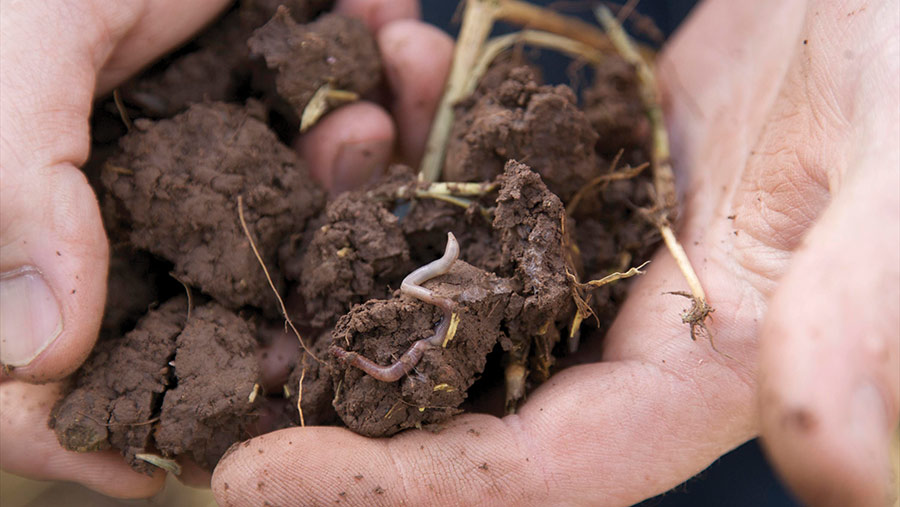25% of soil samples failing on key nutrient targets
 © Tim Scrivener
© Tim Scrivener Farmers fail to use their soil and manure analysis results to make informed management decisions – often they do not even trust the results.
This is according to Dr Sajjad Awan, a soil and crop nutritionist with NRM, speaking at the recent Down to Earth regenerative farming event in Somerset.
“We need to measure what we do, and we can’t know if we are getting to our target [of regen ag] or being sidetracked,” he argues.
“Consider the conditions, make notes and refer to them. Marginal gains all add up and we can benefit. Use every single piece of information you have.”
See also: Benefits of soil mapping for forage production
The NRM lab process 500,000 soil samples a year, yet only one-quarter of them would be on target for pH, phosphorus and potassium, he says.
“If the pH isn’t right, nothing you do regarding nutrient management will work – you have to get this correct.
“A soil sample is just a snapshot in time and taking samples at the wrong time and place affects the results.
“So, look at trends – the past 20 years of data will tell you in which direction you are heading.”
Sajjad analysed manure samples submitted last year and discovered the variation in available nutrients ranged from £100/t to £3,000/t.
He says this reflects the importance of individual farm testing because the industry standard RB209 is based on averages and is, therefore, only a guide.
Furthermore, data sets from drought months in 2018 and 2022 revealed a reduction of 20% in available phosphorus compared with normal months.
